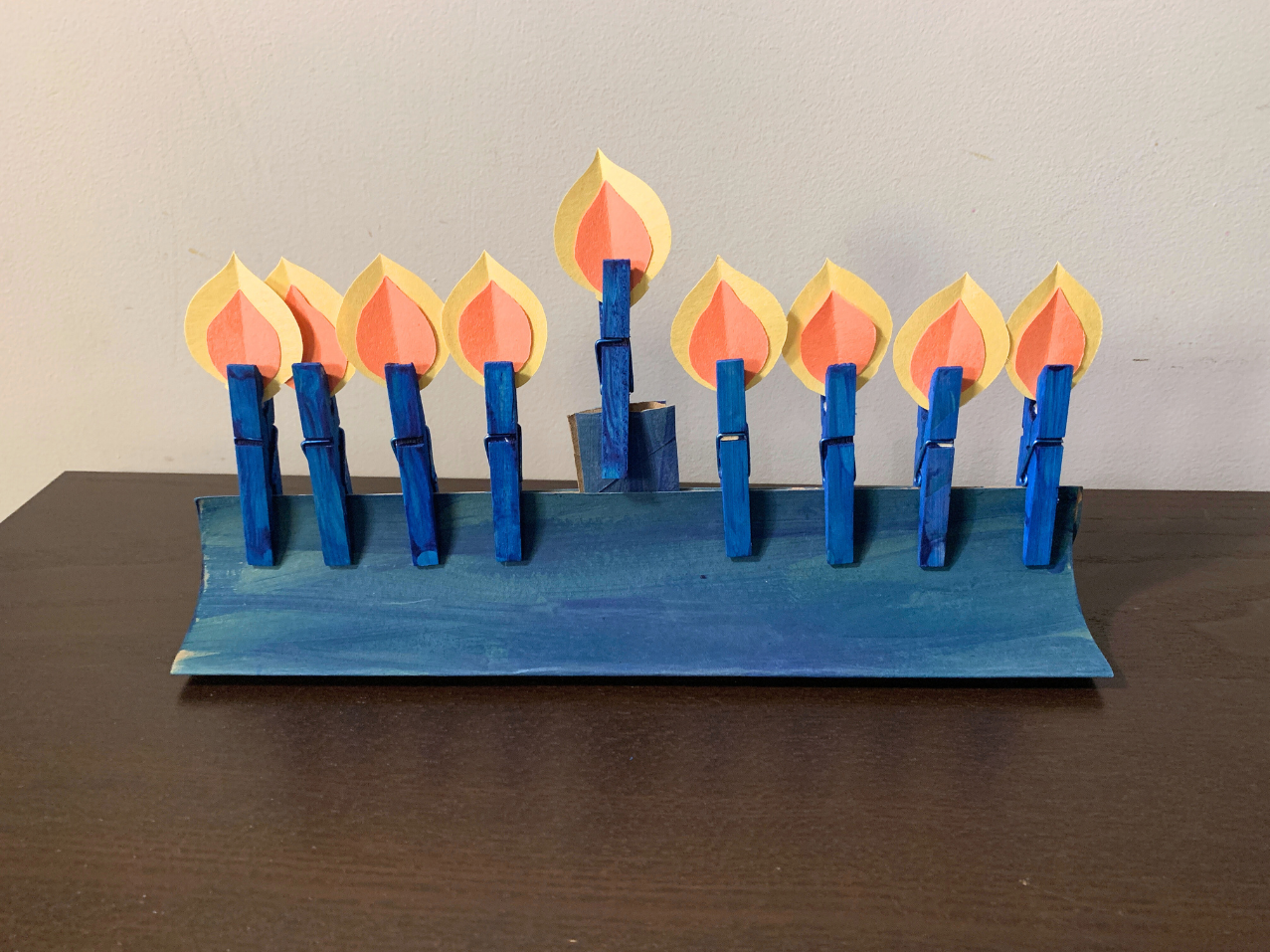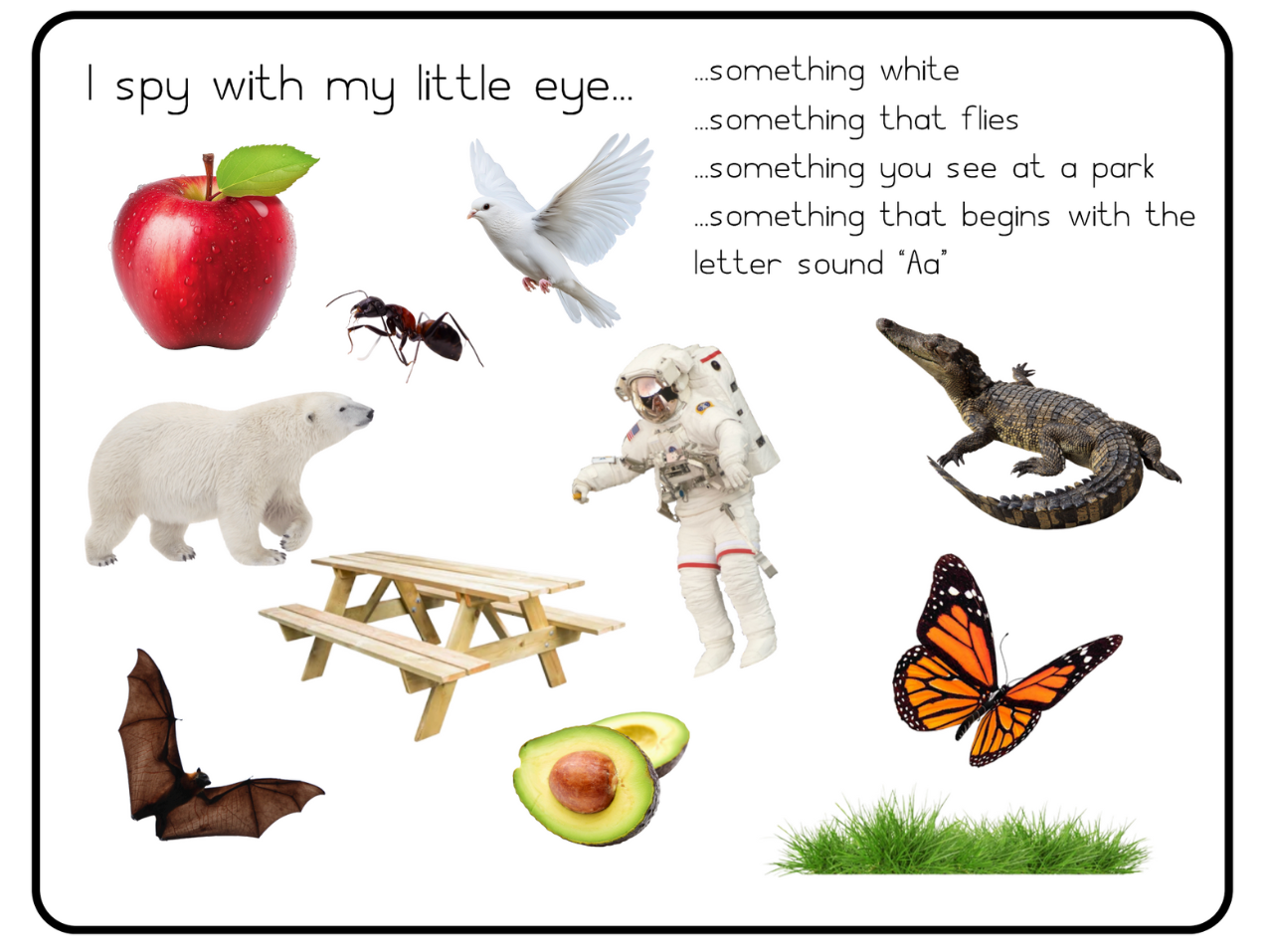Menu
-
-
Shop Holiday Items
-
Shop Gifts By Age
- Gifts For a 0-6 Month Old
- Gifts For A 6-12 Month Old
- Gifts For A One Year Old
- Gifts For A Two Year Old
- Gifts For A Three Year Old
- Gifts For A Four Year Old
- Gifts For A Five Year Old
- Gifts For A Six Year Old
- Gifts For A Seven Year Old
- Gifts For An Eight Year Old
- Gifts For A Nine Year Old
- Gifts For A Ten Year Old
-
Shop Gifts By Budget
- New Arrivals
-
Toys
- Large Active Toys
- Animal Toys
- Arts & Crafts
- Award-Winning Toys
- Bath Toys
- Birthday Wishlists
- Building Toys
- Cars, Trains, & Trucks
- Games
- Instruments
- Loose Parts Play
- Loot Bag Toys
- Made in Canada
- Outdoor Toys
- Pretend Play
- Puzzles
- Sensory And Fidget Toys
- Sensory Bin Tools & Fillers
- STEM Toys & Activities
- Toronto-Themed Gifts
- Travel Toys
- Wooden Toys
- Waiting Room Toys & Furniture
-
Montessori Materials
- Montessori At-Home Program
-
Montessori Furniture
-
Bundles & Sales
-
Books
-
Shop By Age
-
Shop By Brand
- Brands A-F
- Brands G-L
-
Brands M-R
- MagicPlaybook
- Magna Tiles
- Make Believe Ideas
- Makedo
- Manhattan Toys
- Math for Love
- Milaniwood
- MindWare
- Mojo Toys
- Moluk
- Moulin Roty
- Native Northwest
- nic
- Nienhuis
- Ooly
- Opinel
- Ostheimer
- Papoose
- Peaceable Kingdom
- Plan Toys
- Plus-Plus
- Preschool Collection Watches and Timers
- Ravensburger Puzzles
- Real Life Pages
- Brands S-Z
-
- 866-901-4696
- Gift Registry
- Login


3 Reasons Your Child is Not Playing With Some of Their Toys
5 min read
It checks all the boxes:
- Age appropriate
- Beautiful and fun looking
- They have the motor skills to do it
It might be because of one of these 3 reasons:
1. It's Overwhelming
"He likes Magnatiles so I'm going to get him 5 sets!"
"She likes puzzles so I'll get her a ton of puzzles for Christmas"
They'd rather see one puzzle on a shelf then a stack of 10, no matter how much they like puzzles.
It's the reason Montessori uses shelves and trays/baskets, instead of toy boxes. They appeal to a young child's need for order.
I think this is true for most adults too.
Think about it. When you're starting a new hobby or project at work, it can feel so overwhelming to look to look at all the materials and steps needed to complete the project.
It's so much easier when you just think about the next 2-3 steps.
How to Set Up Activities So They're Less Overwhelming
Here's how I would set up a toy like the InnyBin the first time I presented it or put it on our shelf.

Think about how you can simplify an activity.
With the Magnatiles example, consider offering just one set or one basket at a time, rather than all the sets in one big bin, and then rotating them out when your child is no longer playing with them.
It's likely all your toys will get much more play by doing it this way.
2. Make It Inviting
In Montessori, the role of the teacher is to connect the child to the materials. A big part of the teacher's work is to set activities up in a way that calls to the children.
Here are a few ways you can make an activity/toy set up more interesting (with some picture examples below):
1. Presenting toys/activities in new and different ways can pique a child’s interest and bring new life to familiar toys.
Adding animal figures or loose parts to any block set up is sure to interest any child.

Click here to find the Water Blocks and Holztiger Animals.
2. Make sure your child can see the toys. Put yourself at your child’s level, can they see the activity within the basket/tray/toy box?
Sometimes trays and baskets create a visual barrier, especially in infancy when they’re often looking at things from the floor.

Click here to find the Beginner Bead Set, Basket, and Tray here.
3. Take it apart or put it together. Infants often prefer taking things apart before putting things together because it’s easier for them. For infants, set up toys in a way where they need to be deconstructed. Want to encourage them to play with blocks? Build a tower - guaranteed they’ll want to knock it over and now their interest is piqued.
The flip side of this is a child in their sensitive period for order that wants things to be put together and organized. An undone puzzle may attract their attention more than a completed one will.

Click here to find the Vehicle Puzzle.
4. Put all the materials for an activity together. Keeping everything needed for an activity, neatly contained in one tray or basket, piques a child’s interest and helps them to stay focused.
This helps to prevent your child from having to make multiple trips to get things they need or dig through a bin full of toys. When that happens, they can lose interest, get discouraged, or get distracted.
3. Rotate Materials
Because children under six change so much, putting away an activity even just for a month or two could mean they use it completely differently and have a renewed interest in the material.
Over those few months, they've learned more skills, their hands are stronger, and their language is more developed. These newfound skills will lead them to use materials differently.
The other benefit of toy rotation is that is means a simpler, cleaner looking play space. You put fewer toys out at a time so there's less clean up each day AND your child will feel less overwhelmed by all the choices.
How To Do Toy Rotation - A Few Simple Ideas to Follow
This doesn't have to be done on a set schedule and you don't have to get rid of all the toys currently out and replace everything at once.
As always in Montessori - "follow the child”. If they haven’t played with something in a week or two, it may be time to rotate it out. If they’re still actively playing with something, keep it out.
2. Note HOW The Toys Are Being Used
Materials and toys that are being mishandled or inviting really boisterous play can also be rotated out. This is typically a sign that your child has gotten everything they can from the material as it's intended and now they're looking for new uses - like how it sounds when it's dropped or thrown against the wall.
This might also be a sign to bring out more gross motor toys and activities that will satisfy that need, like a Pikler/climber, Balance Board, or Sensory Stepperz.
3. Make It More Challenging
Part one of this topic suggested making the toy set up less complicated and overwhelming by taking away some of the pieces.
If your child has become uninterested in a material that they were previously enjoying, it might be time to add more pieces and make it more challenging. Material rotation in Montessori classrooms is based on building off of previous skills and adding developmentally appropriate challenges.
At home you can do this by putting out more Magnatiles, adding more cars or blocks to the basket/tray, or using smaller pom poms or marbles for transfer activities.
Note the example below:
- Shelf on the left has only the Sphere and Bowl, the right has the Sphere and Bowl and Ovoid and Cup
- Shelf on the left has only the Maraca, the right now has two instruments, the Maraca and the double-sided Maraca Rattle
- Shelf on the left has 2 activities per shelf, shelf on the right has 3
It can take a little while to get into the habit of rotating materials but I promise you that it's worth it.
I usually swap out a few things every Friday so that we've got some fresh items for the weekend. This has been a lifesaver lately since we've been stuck at home so much with never-ending colds!
And don't worry about doing it perfectly. Sometimes life gets busy and I don't have time to do this for a month+. My children are still happy and thriving :)
Join Our Montessori Community
Sign up to get weekly activities, free printables, Montessori parenting guidance, and so much more.
Plus, get $10 off your first order of $100+.
Like this article? Get new articles, weekly activities, free printables, Montessori parenting guidance, and so much more.
One mom recently shared:
"Your newsletter is always SO great. It is one of the few I open and read weekly. You provide so much value. Thank you!"



